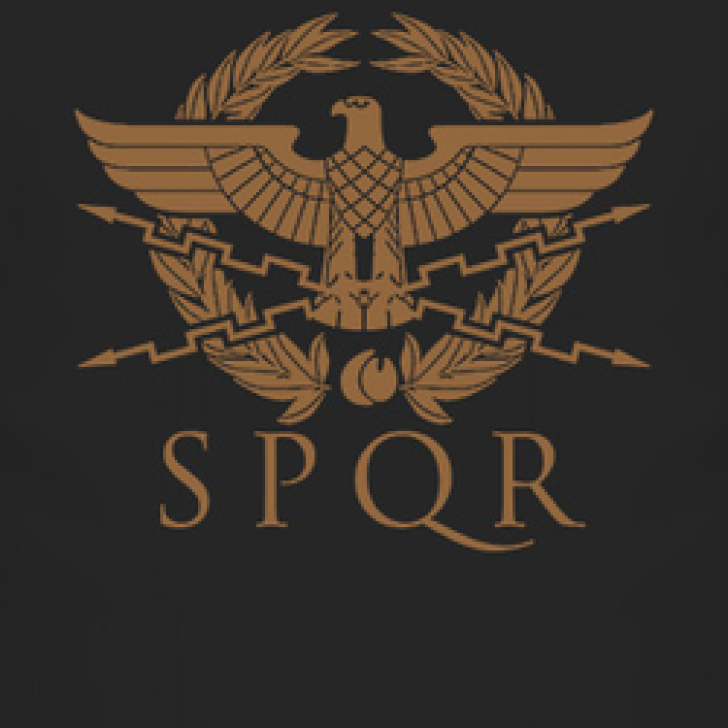

Here's another CERN restoration project showcasing its capabilities.
#GOOGLE CHROME EXTENSIONS TASKADE PC#
In 1991, a CERN intern Nicola Pellow but the Line Mode Browser that traded some of All unix systems, VMS with any flavour of TCP/IP, VM/CMS, PC (any reasonable socket library), MVS, (even the Mac). While Berners-Lee's WorldWideWeb couldn't run on anything else than a NeXT system, it's younger and much more agile offspring could. Regardless if you want to edit documents, check items off to-do lists, send emails, or browse the web, you can expect a comparable experience on all leading platforms. Much of the appeal of modern productivity tools lies in cross-platform experience. With those three components in place, Berners-Lee released his invention to the public with the libWeb Productivity Milestone #1: Cross-Platform Experience 💻 WorldWideWeb browsing experience by CERN.^(3)^ From there, the pair moved on to develop a virgin infrastructure for the World Wide Web-a server on a NeXT computer, a web page, and the WorldWideWeb browser.\ While the original project-dubbed ENQUIRE-hadn't caught traction, Berners-Lee revisited the idea in 1989 in two formal proposals he drafted with a CERN employee, Robert Cailliau. And when you are a programmer, and you solve one problem and then you solve one that's very similar, you often think, "Isn't there a better way? Can't we just fix this problem for good?" "I actually wrote some programs to take information from one system and convert it so it could be inserted into another system. During his stay, Berners-Lee romanced with a concept of a system that could streamline and improve collaboration between CERN employees.
#GOOGLE CHROME EXTENSIONS TASKADE SOFTWARE#
Our story starts with not-yet-knighted Tim Berners-Lee, a British software engineer who took up a contract at CERN in the 1980s. And that's nothing to sneeze considering CERN's other pursuits including the 'God particle' and antimatter. Like many cool inventions-including your smartphone's touchscreen-web browsers came to life in the hallways of the European Organization for Nuclear Research (CERN).

The 1990s at CERN: WorldWideWeb Browser 👩🔬


 0 kommentar(er)
0 kommentar(er)
